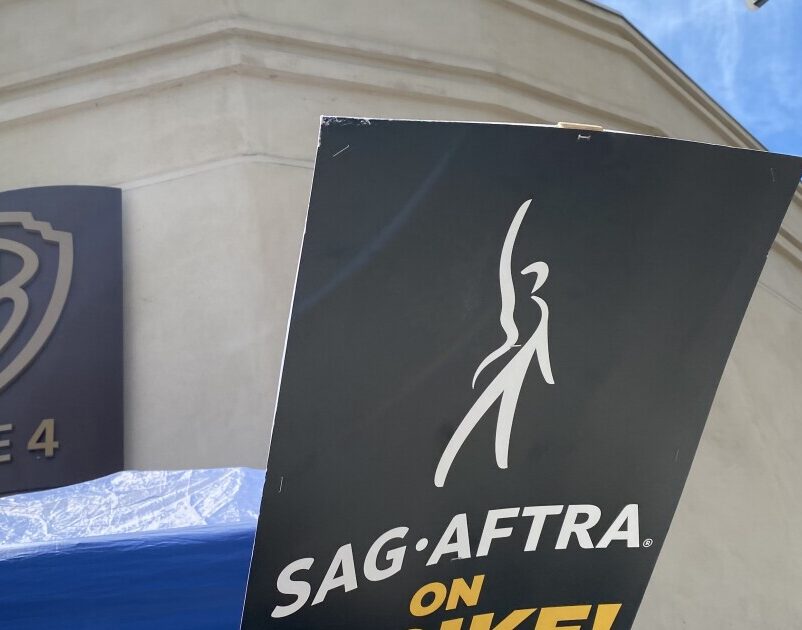
Metaverse virtual reality and internet futuristic streaming media symbol with VR technology and … [+]
It’s become abundantly clear that the metaverse is a longer way off than those who renamed their companies as if it were just around the corner, had initially assumed. Though it is forecast to be worth $1 Tr by the end of this decade, what and how exactly the metaverse will come to fruition is still open to question.
However, one area of the metaverse that is gathering momentum and some more definition is education, more specifically it is the digital twinning of physical universities. I spoke to Steve Grubbs, the CEO of Victory XR about his plans to champion virtual learning in immersive classroom environments that he calls the Metaversity. His full definition is simply, “a higher education university recreated as a digital twin utilizing virtual reality in the metaverse”.
Grubbs is the son of a teacher and in a former life he himself was a politician and Chair of the House Education Committee in the Iowa legislature. There he wrote the state’s first technology funding bill which got computers into schools and started to broadly connect the education offering to the internet. But that did not really solve the problems that Steve was seeing. He wanted to create a world where learning was inherently interesting, so that if a student had something they loved to learn, they could learn it even more easily.
He set out to build this accessible learning experience, VictoryXR, which challenges you to “learn in both worlds”. The experience that it delivers, is the Metaversity. There, through access to high quality instructors working in interactive lessons, anyone can attend a class no matter their income or location. Classes are both synchronous and asynchronous, taught live by a professor and the last time I spoke with Grubbs, the company was offering over 6,000 subjects.
The most prominent example is probably Morehouse College. It is a fully spatial 3D digital twin campus of the physical building and its grounds, in which students can learn in the immersive version almost anything they can learn in the physical world, “students in the future will learn astronomy on a starship and paleontology on a dinosaur island…that’s the school of the future” Grubbs explained.
But how will these courses taught in the metaverse be assessed and awarded in the physical world?
“There are three answers. We are working with one of the world’s leading assessment companies to build out kinaesthetic assessments for the future, so if you are learning anatomy for example, instead of looking at photos and identifying a human heart, you would be standing at a cadaver and will be asked by the AI to pull from the body a human heart or the human spleen. This way, you will be able to fully demonstrate your knowledge.”
“Secondly, students will have a written Q&A at the end of the class to ensure they were paying attention. And thirdly, there is the possibility of an assessment outside of the headset in a standard assessment format.”
Overall, Grubbs has signed up 55 colleges and universities mostly in the United States. Each college starts with a pilot to test the proof of concept with 50 – 100 students but can expand after that initial test, so his best guesstimate is that there are more than 2500 students currently experiencing his Metaversity at a higher education level. Of course, it is the perfect offering for homeschoolers too.
In 2023, Victory XR announced the roll out of their CTE career and technician education labs in three areas, healthcare, trades and tech. One is for welding and carpentry, another for medical technicians and nursing technicians, and then the final one includes drones and robotics, having partnered with a company to identify which were both useful vocational areas that would still generate revenue for the company. Each is a hands-on course that provides an opportunity to learn about the basics within each field, and to master the skills needed to excel in that professional environment.
Where next? Grubbs thinks that the Meta Quest AR passthrough will allow students together in a physical classroom to have an even more immersive experience, allowing a student to see other students and see the digital model. “If students are remote with some in London and some in the US, the VR space is great and it is not awkward because each student is by themselves. But if we’re at Oxford in a class together then having to be in headsets is awkward, it cuts everyone off from each other and puts each person in the VR experience. What AR allows us to do is all be in the same room and have the whole immersive learning experience but we can see everything in the room, we can see the people, we can see the door, we can see the Professor writing on the whiteboard. That will be a revolutionary change.”
Grubbs says, “My hope is that 90% of the students in the world will be learning in both worlds, in the physical world and in the immersive world, and we will meet students where they are at. If they are a sensory learner, a kinaesthetic learner, whatever they are, we will be able to help them, by not just removing geographical bias but any bias that prevents students from reaching their full potential.”



